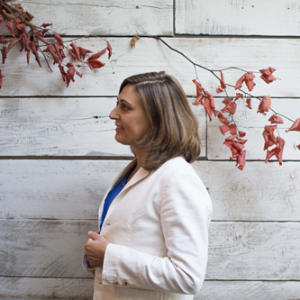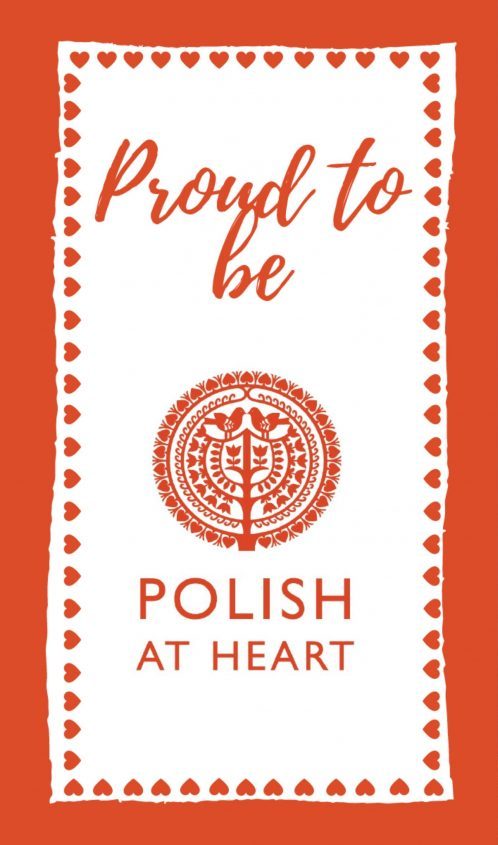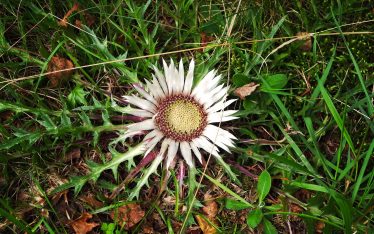A cardboard suitcase, once a common companion for many, evokes memories of movement. Although the materials from which a Valizka – Walizka – Suitcase is made have evolved, its purpose remains. Each suitcase we own, carries with it the imprint of places discovered, grains of sand lost in the fabric or the lingering smell of a particular location. In contrast, they can also be hastily snatched and stuffed with belongings at random during forced migration. They can evoke sensations of a life in freefall or memories of a life long forgotten. Valizka, a touring exhibition showcasing installations and assemblages by five, mainly Polish artists, induces a variety of these feelings in viewers.

The exhibition has been shown in Szymbark Castle, Poland, London, at the One Paved Court gallery Richmond; in France at Mesnil and Gasny before returning to England. I met one of the artists Ruth Miemczyk at the Little Known Gallery in Barnsley, in a cool basement on a sun-lit day. She read to me her description of the piece “Dolina” – Valley.
A valley remembered
“….. I fell in love with this beautiful valley several years ago. An abundance of wildflowers amongst tall, meadow grasses change to alpine flora as you make your way up the side of the valley. In late summer, the grass is cut to make sweet meadow hay for horses. Then the storks fly in to feed on the crickets and even the rare and shy, black stork is tempted to venture out of the nearby dense forest.
Smoothed out over time, the exposed contours of earth in the valley-bottom didn’t even suggest trenches, dug-outs. Over a hundred years ago, the eastern front of World-War I cut its way through this valley.”

From silence, the suitcase suddenly comes to life, faded names on broken headstones appear on a screen, akin to brass rubbings. Sounds of a typewriter erupt in a frenetic display then fall silent again. Memory and nature overlap. Ruth had come across this scene of chaos and death which inspired the piece. I too have stumbled across an overgrown cemetery of inhabitants long ago forgotten on a spring walk in a Polish hamlet, so I immediately connected with this experience.
A Polish beginning
The five women artists first met twenty five years ago in Gorlice, Poland at an International Art Symposium which was a pivotal moment for them all. They regularly return to Poland as part of their diverse artistic expression. “Many themes unite them yet each has a creative individuality evident in their handling of poetic material.”
Ruth Miemczyk and Louise Severyn-Kosinska, both daughters of World War II Polish servicemen, brought up in England, use themes of loss, separation and memory. These are particularly imbedded in surfaces, which profoundly influences their work. Intense colour and also its absence are present in their work.

Monika Wheeler from Poland, chose to live in the UK and Ela Wierzbicka (Wela) also, moved to France so their work has a different aspect. Monica captures fleeting events in a joyful way. Ela looks at memory and identity. Sophie Epton Mock‘s love of Poland began when she grew up in the midst of a Polish and French community in West London, becoming life long friends with Louise. She skilfully weaves the threads of figurative and abstract elements in painting and print.

From Crystals to Rivers
The palette of some of the installations is frequently grey, neutral yet also bursting with richness. Such as with the velvet-lined suitcase containing parts of a chandelier, surrounded by corrugated iron.

This particular installation left a lasting impression on me. A glimpse of someone’s memories – a life of privilege abruptly terminated, confined within iron, yet retaining the lush velvet interior. This is illuminated to showcase the vibrant colours of the cut glass—still resplendent even in the realm of memory. The conversations, the laughter and joy beneath the crystal shattered, yet enduring as a fleeting memory shared across generations, beyond its physical manifestation.

Another exhibit that resonated with me was Mountain – Ruth’s father’s skiing map from the 1930s. It features the Ukrainian Carpathian mountains where the Hucul (Hutsul) highlanders live, amongst the river Prut and its tributary Czeremosz. These rivers feature in the chorus of the popular folk song “Czerwony Pas”…the Red Belt of the Highlander. “tam szum Prutu, Czeremuszu, Hucułom przygrywa, a wesoła kołomyjka, do tańca porywa, – There the murmur of the Prut and Czeremusz accompanies the Hutsuls and the cheerful Kołomyjka [dance] entices you to dance.” The song was written for the play “Karpaccy Górale “ (Carpathian Highlanders) by Józef Korzeniowski in the 19th century. The chorus was added later by an unknown author. For those who know the song, the freedom of skiing these mountains before the war is like the carefree life of the Hucul. Of memories encased in this suitcase.

Valizka moves on
Valizka is an exceptionally successful exhibition that leaves a lasting impression on visitors. It prompts contemplation of the experiences embodied within the suitcases that accompany us throughout life. The accompanying poetry captures the essence of what we acquire, retain, and relinquish. I found the exhibition particularly captivating, evoking long-forgotten emotions such as uncertainty and curiosity about the lives of departed family members. The discoveries made from an old suitcase can be quite unexpected.
If you or an organisation you know would like to host this exhibition. please contact Ruth through her website: click here.
The featured image for this article is Poles dancing -Louise Severyn-Kosinska with printed material based on “…a nocturnal blue dance floor from a Polish club in London, traces of feet and shoes, echoing my parents shared language, their lives danced out on a forest floor.


 1.Tracing Family History pre-WW2
1.Tracing Family History pre-WW2 2. Tracing Family History WW2
2. Tracing Family History WW2


